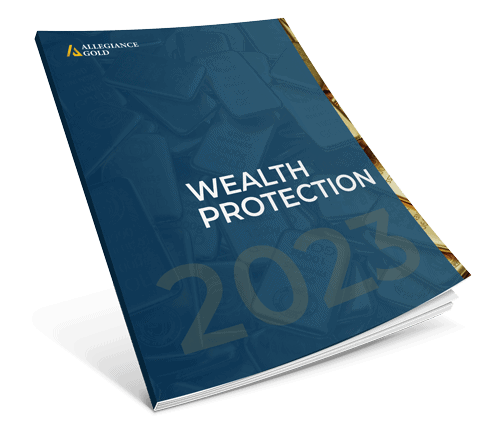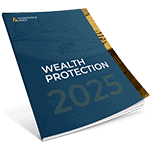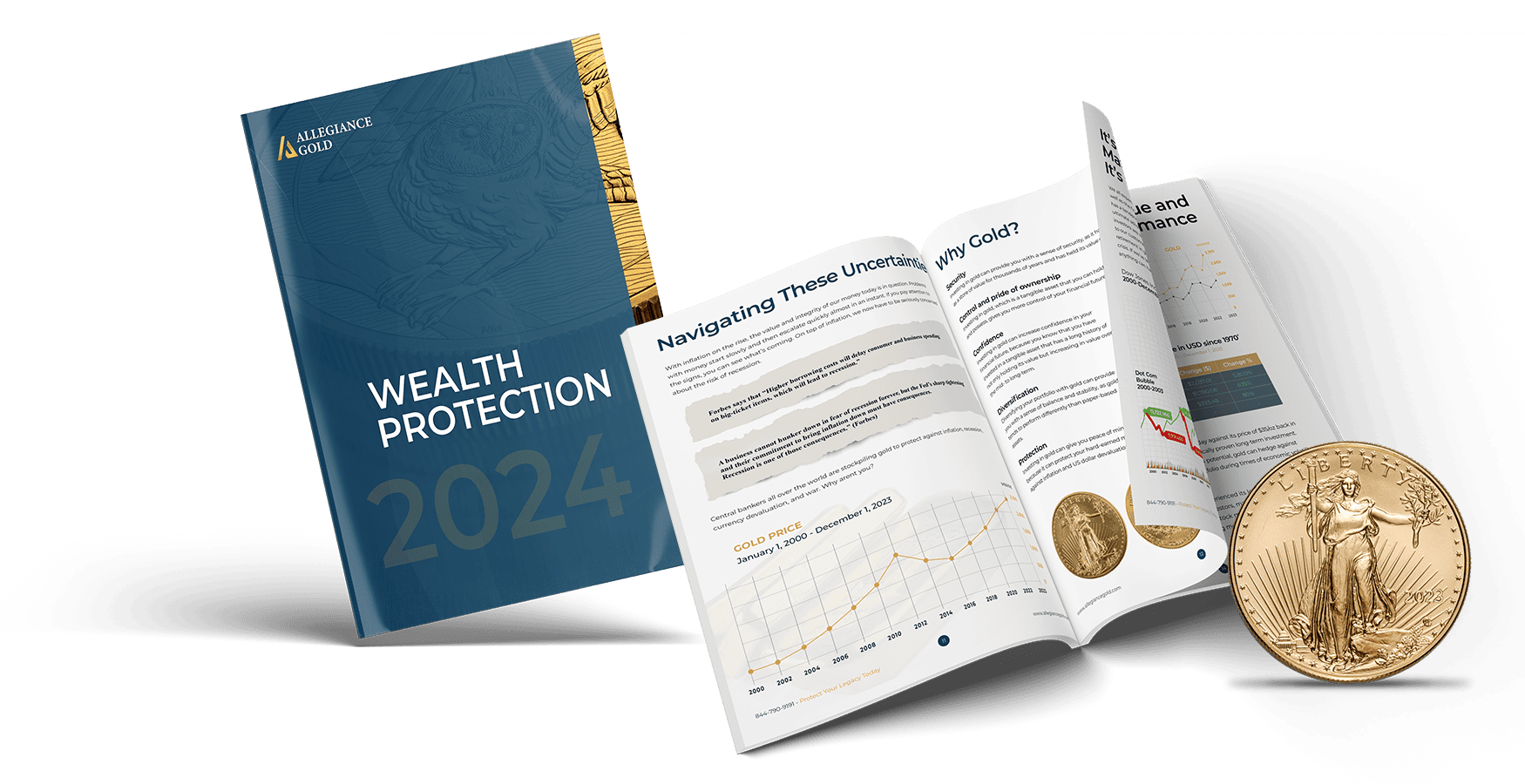On March 10, 2023, Silicon Valley Bank collapsed.[1] In just 48 hours, SVB went from $200 billion to bankrupt.
If you had never heard of SVB before its untimely demise hit front page news, you’re not the only one. But SVB wasn’t some trivial financial institution—it was the 16th largest bank in the US and the second largest bank failure in our nation’s history.[2] True to its name, Silicon Valley Bank was a titan in the tech industry, serving high-profile, high-value clients like Etsy, Roku, Buzzfeed, Roblox, and more.[3], [4]
And SVB was just one of the banks that collapsed, faltered, or required a bailout due to the uncertain economic climate. The entire system reeled—and it continues to do so.
How could such a catastrophic event have occurred? Has the industry not learned its lessons from the 2008 financial crisis? And is there more trouble on the way?
The Mechanics Behind the Bank Collapse
Because the drama started unfolding with Silicon Valley Bank, it’s vital to understand where things went wrong for the veteran institution. Several factors contributed to the perfect storm that took the bank down:[5]
- Rising interest rates – Inflation reached a 40-year high in June 2022, climbing to 9.1%. To cool this unsustainable increase, the Federal Reserve raised interest rates by several points. While this tried-and-tested strategy may have provided relief to the average American (inflation has slowly receded since then), the move spelled disaster for Silicon Valley Bank.
- Reduced-value government bonds – Like many banks, SVB had invested its clients’ deposits to earn itself money. Unfortunately, they had allocated a significant portion to government bonds. When interest rates go up, bond prices go down. All of a sudden, SVB’s portfolio plummeted in value.
- Insufficient funds – Between poor bond performance and several months of lackluster customer deposits, SVB found itself on thin ice. On March 8, the bank issued a statement, informing investors it needed to raise $2 billion.[7] As part of its attempt to remain solvent, SVB sold part of its bond portfolio at a $1.8 billion loss and attempted to sell $21b in securities.
- Consumer panic – The announcement and selloff prompted Moody’s, a respected credit ratings firm, to downgrade SVB’s rating.[8] As word got out that SVB lacked sufficient liquidity, its customers shared their concerns on social media, pouring fuel on the fire and triggering a bank run. Without enough cash to sustain the tsunami of customer withdrawals, SVB failed.
It Started With Silicon Valley Bank. But It Didn’t End There.
The SVB saga caused a ripple effect in the industry. Each bank may be an independent entity, but they all exist within the financial system. When one bank experiences instability, others teeter along with it. Most of the ensuing catastrophe was caused by collective anxiety around the situation.
Soon after SVB’s collapse, the New York-based Signature Bank also saw a massive influx of panicked withdrawals. To quell consumer concerns, regulators seized the institution. First Republic Bank nearly fell, too, though it was saved by major US banks pooling together $30 billion in deposits.[9]
The hysteria even spread around the world, causing Credit Suisse—one of Switzerland’s largest banks—to falter, only narrowly escaping collapse through a takeover by rival bank UBS.[10]
In all, two American Banks imploded, and one clawed its way back from the brink, triggering harrowing domestic and international consequences. And the troubles may not be over yet.
Could a Further Collapse Happen?
At the risk of causing additional alarm, the short answer is yes. While it’s impossible to predict the future, there’s no reason to believe the events of March 2023 were a one-off—especially because compounding bank runs and collapses have occurred in the past.
And even if we’ve seen the worst of the most recent banking crisis, the incident has revealed the cracks in the system. This catastrophe was a powder keg waiting to explode, thanks to a perfect combination of factors such as:
- Soaring inflation
- Rising interest rates
- Decreasing business confidence
- General weariness around banks and the economy
Because these incendiary factors still exist, more problems are, sadly, a possibility. A study published days after the SVB collapse found that 186 US banks remain at risk of failure.[11]
What is the Government Doing to Protect Americans?
Nevertheless, the Biden administration was quick to assure taxpayers, stating that “Americans can rest assured that our banking system is safe.”[12] Treasury Secretary Janet Yellen echoed these sentiments, claiming the “banking system remains sound, and that Americans can feel confident that their deposits will be there when they need them.”[13]
But are these just empty words? What is the government doing to protect you? What can they do?
The most reassuring news is that the Federal Deposit Insurance Corporation (FDIC) still covers $250,000 per depositor—per insured bank—for some account types.[14] However, if you have more than $250,000 in the bank, or if you don’t have the right kind of account, your money could be at risk.
The FDIC does not cover:
- Stocks
- Bonds
- Mutual funds
- Life insurance policies
- Annuities
- Crypto
- Municipal securities
- Safe deposit boxes or their contents
The government also took action by propping up the failing bank system with a $300 billion loan.[15] While that influx of cash may act as a temporary panacea, it essentially came “out of nowhere.” The move could cause additional problems for the banks down the road—and it’s definitely a problem for you now.
How You Can Keep Your Savings Safe
By injecting $300 billion into the economy in one week, the US government has managed to devalue the dollar even further. Add this blunder to the laundry list of current issues—inflation, a sluggish stock market, and zero investor confidence—and you can see how trusting the same old banks with your money may be an unwise decision.
Ultimately, the best way to keep your capital yours is to diversify your portfolio with assets that exist outside of the decaying financial system. Physical assets like gold are separate from the stock market, so they’re not subject to the roller coaster ups-and-downs that cause (and are caused by) banking scares.
What’s more, when the economy falters, the value of gold tends to go up. As a long-term investment, then, gold can be a phenomenal hedge against the factors that plague the finance industry.
Allegiance Gold: Your Partner in Investment and Retirement Account Protection
Currently, we’re not sure the worst is behind us, as the recent collapse of SVB and other banks has a feeling of déjà vu to it. As such, we need to prepare for the potential of more catastrophic events occurring in the future.
If you hope to weather any future instability—whether it comes in a month or in five years’ time—consider diversifying your portfolio with inflation-resistant, bank-collapse-proof gold. Gold is the only safe haven asset in turbulent times. As a precious metal, it’s a true symbol of financial stability and security, and is the only asset that does not depend on anyone or anything to create its value.
To learn more about the benefits of gold, visit our resource center or contact us today.
Request our FREE investment guide to uncover insider tips and strategies for protecting your wealth.

Sources:
[1] The New York Times. 10 Days That Have Roiled Markets: A Timeline of the Banking Chaos. https://www.nytimes.com/article/svb-silicon-valley-bank-collapse-timeline.html
[2] Forbes. Whether It’s The Notable Silicon Valley Bank, Meta Or Google, Your Job Isn’t Safe—It’s Time To Look After Yourself. https://www.forbes.com/sites/jackkelly/2023/03/13/whether-its-the-notable-silicon-valley-bank-meta-or-google-your-job-isnt-safe-its-time-to-look-after-yourself/?sh=176967337bb0
[3] CBS News. These are some of the companies impacted by the Silicon Valley Bank collapse. https://www.cbsnews.com/news/bank-collapse-silicon-valley-bank-customers-roblox/
[4] Reuters. Factbox: Which companies are affected by SVB collapse? https://www.reuters.com/business/finance/global-firms-with-exposure-collapsed-svb-2023-03-13/
[5] The Guardian. Silicon Valley Bank: why did it collapse and is this the start of a banking crisis? https://www.theguardian.com/business/2023/mar/13/silicon-valley-bank-why-did-it-collapse-and-is-this-the-start-of-a-banking-crisis
[6] Politico. U.S. inflation reached a new 40-year high in June of 9.1 percent. https://www.politico.com/news/2022/07/13/us-inflation-new-40-year-high-june-00045541
[7] The New York Times. 10 Days That Have Roiled Markets: A Timeline of the Banking Chaos. https://www.nytimes.com/article/svb-silicon-valley-bank-collapse-timeline.html
[8] The Wall Street Journal. SVB Stock Price Tumbles After Share Offering, Credit Downgrade. https://www.wsj.com/livecoverage/stock-market-news-today-03-09-2023/card/svb-stock-price-tumbles-after-share-offering-credit-downgrade-CbYmNK3ilf7s7KEciYqI
[9] NBC News. Wall Street rides to the rescue as 11 banks pledge $30 billion to First Republic Bank. https://www.nbcnews.com/business/business-news/11-banks-pledge-30-billion-rescue-first-republic-bank-rcna75355
[10] CNN. UBS is buying Credit Suisse in bid to halt banking crisis. https://www.cnn.com/2023/03/19/business/credit-suisse-ubs-rescue/index.html
[11] Social Science Research Network. Monetary Tightening and U.S. Bank Fragility in 2023: Mark-to-Market Losses and Uninsured Depositor Runs? https://papers.ssrn.com/sol3/papers.cfm?abstract_id=4387676
[12] The New York Times. Biden Assures Americans: ‘Our Banking System Is Safe’. https://www.nytimes.com/2023/03/13/business/biden-assures-americans-our-banking-system-is-safe.html
[13] The Guardian. Janet Yellen: US banking system is ‘sound’ despite two collapses in a week. https://www.theguardian.com/business/2023/mar/16/janet-yellen-us-banking-system-silicon-valley-signature-collapses
[14] Federal Deposit Insurance Corporation. Deposit Insurance At A Glance. https://www.fdic.gov/resources/deposit-insurance/brochures/deposits-at-a-glance/
[15] PBS. Federal Reserve lent $300 billion in emergency funds to banks in the past week. https://www.pbs.org/newshour/economy/federal-reserve-lent-300-billion-in-emergency-funds-to-banks-in-the-past-week



 Custom Precious Metals IRA
Custom Precious Metals IRA Gold IRA
Gold IRA Gold Products
Gold Products Silver Products
Silver Products Platinum
Platinum